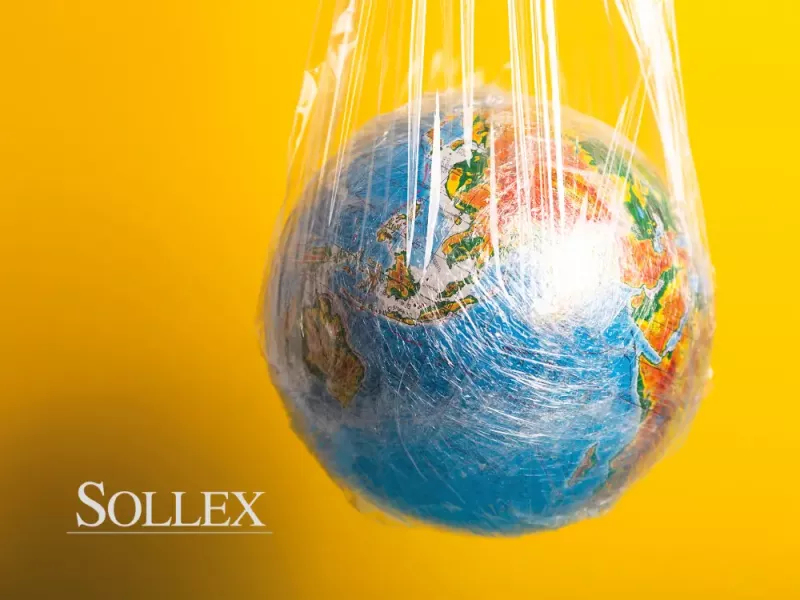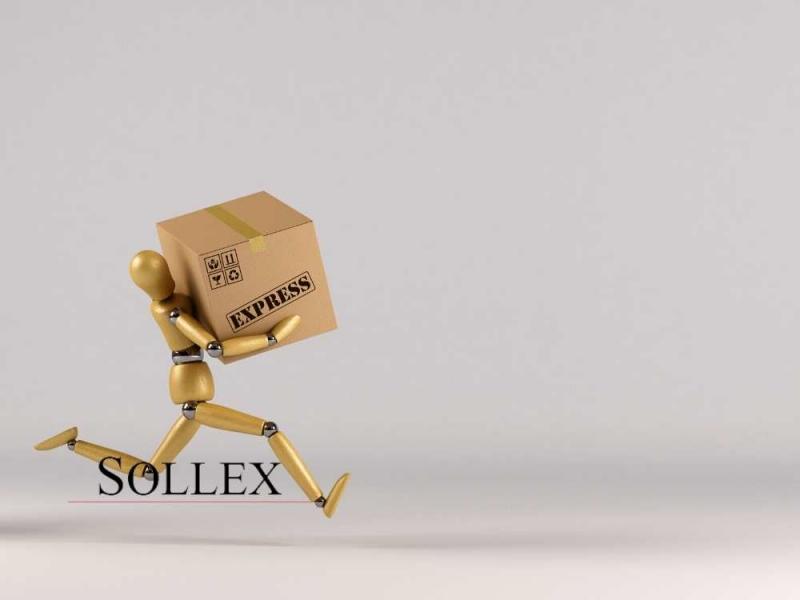Upcoming Plastic Packaging Trends and Regulations
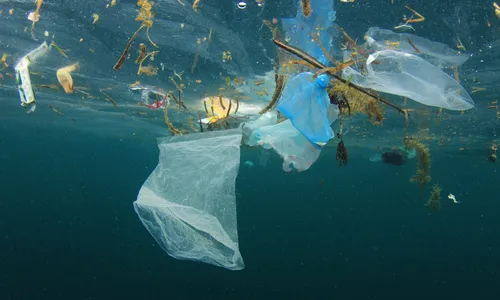 Plastic is a really important lightweight and flexible material. Plastic packaging helps to ensure quality transportation, food safety, and reduces food waste. But plastic waste is a severe problem for the environment. Plastic is currently produced, used, and discarded in a harmful way. There are environmental problems in production and millions of tonnes of litter end up in oceans every year.
Plastic is a really important lightweight and flexible material. Plastic packaging helps to ensure quality transportation, food safety, and reduces food waste. But plastic waste is a severe problem for the environment. Plastic is currently produced, used, and discarded in a harmful way. There are environmental problems in production and millions of tonnes of litter end up in oceans every year.
Moreover only a small fraction of all modern plastics fall into the sustainable cycle. More than 70% is burned thus generating CO2 emissions. Can Planet Earth continue with landfills and creating CO2 by burning plastics?
Nevertheless, plastic itself is not a threat. Plastic can be reusable, recyclable, and compostable. This text is about the upcoming packaging regulations and what plastic packaging manufacturers can do to thrive in business. Sollex aspect is adapted knives and blades for cutting new types of plastic films such as recyclable, compostable, and made from renewable sources.
Packaging Trends and Regulations
Significant government actions and regulations will have a strong impact on the packaging industry. The upcoming regulations will particularly affect everyone involved in plastic packaging. It will also require major changes to current manufacturing processes.
Massive New Legislation is Coming for Packaging Industry
During the last five years regulations have ramped up considerably. In just 2020 91 new laws linked to sustainable packaging were passed in the US and Europe. Australia has a target of 100% packaging to be recyclable, compostable or reusable by 2025. In addition, the FDA is preparing new legislation about plastic with food contact.
McKinsey’s packaging report ”Sustainability in Packaging” predicts a huge upswell with legislation from politicians to make packaging sustainable. 75% of all companies have high set goals. But 70% are not on track, says Oskar Lingqvist when presenting the McKinsey report. Most companies struggle to use recycled content. However, regulations, legislation and consumer alert is pushing packaging players towards: material reduction, recyclability of material, recycled content, bio/organic based content, and increased recycling rates (1).
Plastics in a Circular Economy and European strategy
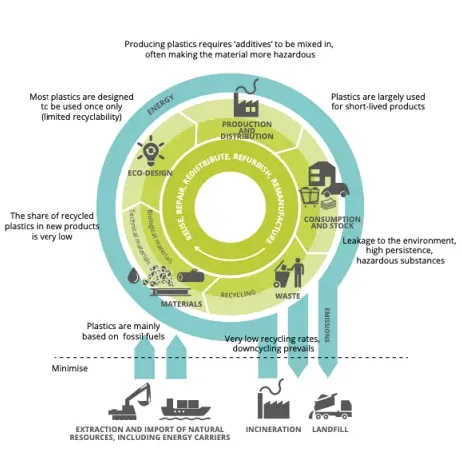 The European Union has a published report called “A European Strategy for Plastics in a Circular Economy''. This is really interesting reading for anyone in packaging. Accordingly, the European plastic demand in 2015 was 49 million tonnes. The main part 40% was packaging. Europe generates 25.8 million tonnes of plastic waste each year. Less than 30% of this waste is recycled. 59% of this waste is generated from packaging with landfilling and incineration simply turning our plastic waste into littering and CO2. Of all new plastics only 6% comes from recycled plastics. If all plastics could be recycled it is estimated that 3.5 billion barrels of oil could be saved each year. (2)
The European Union has a published report called “A European Strategy for Plastics in a Circular Economy''. This is really interesting reading for anyone in packaging. Accordingly, the European plastic demand in 2015 was 49 million tonnes. The main part 40% was packaging. Europe generates 25.8 million tonnes of plastic waste each year. Less than 30% of this waste is recycled. 59% of this waste is generated from packaging with landfilling and incineration simply turning our plastic waste into littering and CO2. Of all new plastics only 6% comes from recycled plastics. If all plastics could be recycled it is estimated that 3.5 billion barrels of oil could be saved each year. (2)
Improving the quality and economics of plastics recycling is a core objective of the European Strategy for the nearest future. The Strategy includes improving product design, boosting recycled content, and improving separate collection of plastic waste.
There will be a European transition from a linear to a circular production economy. The traditional linear model of production involves the use of newly produced raw materials and newly extracted natural resources to produce new products and materials. The circular economy, on the other hand, is based on the principles of reducing waste and pollution in production, keeping products and materials in use and regenerating natural systems by minimizing the amount of new raw materials required. This new kind of economy is increasingly on the radar screen and is gaining popularity. The circular economy is our immediate future.
“Strategy for Plastics in a Circular Economy” is the first EU policy framework which adopts a material-specific life cycle approach to integrate circular design, use, reuse and recycling into the plastics value chain. The strategy sets a clear vision with quantitative targets at EU level to ensure that by 2030 all plastic packaging supplied to the EU market is reusable, compostable or recyclable.
The Paris Agreement to Limit CO2 Emissions
Another important agreement concerning the future of plastic packaging production is the Paris Agreement. According to the UN, as of June 2021 there are 195 signatories to the Paris Agreement to limit their CO2 emissions (3). However, the Paris Agreement permits countries to set their own ambitions within certain parameters. The EU, in particular, has stated its ambition to cut CO2 emissions by 2030 by 55 percent in comparison with 1990 levels (4). This commitment has been made as part of the EU Green Deal (5), which is a comprehensive package of taxed and non-taxed regulations.
Green Deal | Net zero emissions - 2050; 50-55% emissions reductions from 1990 levels by 2030 |
Plastic Tax | Revenue collection based on non recycled plastic consumption; each to design Plastic Tax |
Energy Taxation Directive ETD | Broad tax base now including aviation, maritime and fishing; tax rates according to energy and environment content; price signals reinforcing innovation and investment |
Carbon Border Adjustment Mechanism CBAM | Shadow ETS applied to certain high emissions imported covered goods; Aim applies equivalent carbon costs between imports and locally produced goods |
Emissions Trading System ETS | Pricing of carbon inside the EU with many sectors regulated through the ETS; withdrawal of some free allocations in parallel with CBAM introduction |
European “Plastic Tax”
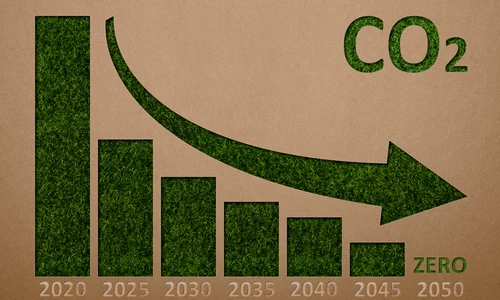 As of January 1, 2021, a new source of revenue to the EU budget for 2021-2027 was introduced. A "plastic tax", based on the amount of non-recycled plastic packaging waste. All member states have agreed to this contribution. The tax contribution is calculated by the weight of non-recycled plastic packaging waste with a uniform rate of EUR 0.80 per kilogram. The EU’s plastics tax is one of several tax reforms proposed as part of the Green Deal which aims to reduce consumption of raw materials and waste, promoting the move towards a circular economy. (7)
As of January 1, 2021, a new source of revenue to the EU budget for 2021-2027 was introduced. A "plastic tax", based on the amount of non-recycled plastic packaging waste. All member states have agreed to this contribution. The tax contribution is calculated by the weight of non-recycled plastic packaging waste with a uniform rate of EUR 0.80 per kilogram. The EU’s plastics tax is one of several tax reforms proposed as part of the Green Deal which aims to reduce consumption of raw materials and waste, promoting the move towards a circular economy. (7)
Speculations on Coming Legislation and Taxes
85% of the exported plastic waste is currently shipped to China. This will change as China has banned import of certain types of plastic waste (8). In addition, the EU has more or less banned plastic bags and single-use plastics. OXO plastics will be banned. And there are coming restrictions on added micro plastics in products. Spain just implemented a new tax on non-reusable plastic (9). It is safe to assume that more countries will follow Spain in that retrospect.
Potential Producer Legislation
A fair assumption is that in 2030 all plastic packaging is either compostable, reusable or can be recyclable in a cost-effective way. Sorting and recycling capacity have increased fourfold since 2015 (2). This strong focus on sorting and recycling will continue. Given all new legislation, the public outcry, and business opportunities it would not be a surprise to see production legislation for:
- Extended producer responsibility
- A ban on non fully recyclable or compostable plastics
- New quality standards for sorted plastic waste and recycled plastics
- Clear marking on all plastics for correct recycling
- Mono material requirements for producers and full recyclability
- Avoid dark colors and use light colors that will make the value of recycles increase
- Plastic tax being pushed from states to producers and consumers
- Heavy fines on littering
Upswing for Mechanical Recycling of Plastic Packaging
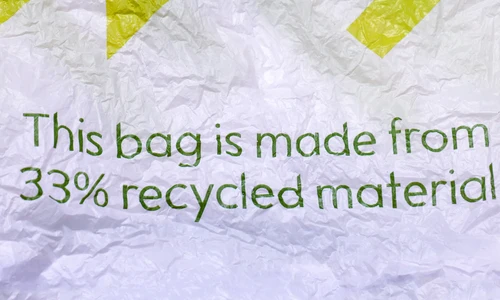 Mike Baxter, External Affairs director at packaging giant Berry Global predicts PVC and PS to disappear due to legislation. PP and HD are the future. ”Don’t replace plastic with some other packaging with higher CO2 emissions. Plastics have low total green gas contribution compared with alternatives”. So the Berry Global way forward is to continue to use plastic packaging but in a recycling way. Chemical recycling uses 10 times as much Carbon dioxide compared with Mechanical recycling. In short the big problem is not plastic, it is climate change and our CO2 emissions when burning plastics.
Mike Baxter, External Affairs director at packaging giant Berry Global predicts PVC and PS to disappear due to legislation. PP and HD are the future. ”Don’t replace plastic with some other packaging with higher CO2 emissions. Plastics have low total green gas contribution compared with alternatives”. So the Berry Global way forward is to continue to use plastic packaging but in a recycling way. Chemical recycling uses 10 times as much Carbon dioxide compared with Mechanical recycling. In short the big problem is not plastic, it is climate change and our CO2 emissions when burning plastics.
Packaging trends for the near future
Many things are happening in packaging. Plastic diet is a hot topic. Plastic spoons, forks, and straws are gone. Plastic bags are so heavily taxed that no one is buying them in Europe. Polyester or Polyethylene terephthalate (PET) are being swapped for sustainable textile or bio based materials. According to Directive 94/62/EC on packaging and packaging waste by 31 December 2025, at least 65% by weight of all packaging waste must be recycled (10). EU countries should ensure that systems are set up to provide for the return and/or collection of used packaging and/or packaging waste, as well as the reuse or recovery including recycling of the packaging and/or packaging waste collected.

Packaging in general should be:
- Reusable: Packaging can be used for different purposes
- Recyclable: Making sure all materials are circular
- Compostable: Materials should be returnable back to earth
- and made from Renewable sources
In addition it should be lightweight, reused, refilled or swapped for paper in some cases. The two hottest trends in packaging are E-commerce and sustainability. Sustainable packaging is based on three major actions; drive towards 100% recyclable packaging, minimizing harm from non-recycled materials, and looking into packaging from a full lifecycle impact (GHG). Serious manufacturers need to look towards a sustainable operational strategy. There is an urgent need to increase collaborations, pilots and new solutions. For the packaging industry it is time to act and scale it up urgently.
In essence producers, recyclers, retailers, and consumers need greater cooperation to handle the future. There are three ways forward: Reusable, Recyclable, or Compostable. Materials need to be from Renewable sources. Basically we need to collect and recycle materials. In addition packaging needs to be compostable or made in mono materials for recyclability.
Changes for Plastic Film Manufacturers
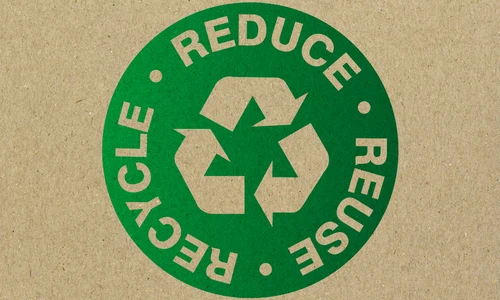 As we can see from the above trends in legislative regulation and the circular economy, big changes are coming to the packaging industry. It creates a new level of responsibility and is driving change in the manufacturing segment.
As we can see from the above trends in legislative regulation and the circular economy, big changes are coming to the packaging industry. It creates a new level of responsibility and is driving change in the manufacturing segment.
New types of plastics require adapted production tools and processes. Sollex has industrial knives and blades adapted to cut films from recyclable, compostable, and renewable materials. Such as recycled PCR (post consumer) or PIR (post industrial) plastics.
The texture of recycled plastic film and abrasive wear are completely different compared to petroleum-based virgin materials. That changes the slitting process, making simple blades and circular knives obsolete. An adequate slitting process requires high performance and sometimes extremely high performance blades. We have an interesting article on PCR plastic and the right blades for cutting it, which you can read here https://www.sollex.se/en/blog/...
You should also understand that every single composition of plastic is unique and the percentage of its elements varies, so we strive to give recommendations regarding the selection of blades for production of plastic packaging from recycled materials on a personal basis. Sollex can help you find the best blade for your process and materials. You can order blades at sollex.se, email us at info@sollex.se or call 0046 35 15 75 00 #1.
Sources:
- Sustainability in packaging: Five key levers for significant impact. Online available at https://www.mckinsey.com/industries/advanced-electronics/our-insights/sustainability-in-packaging-five-key-levers-for-significant-impact, last accessed on 12 Dec 2022.
- A European Strategy for Plastics in a Circular Economy. Online available at https://eur-lex.europa.eu/legal-content/EN/TXT/?uri=COM:2018:0028:FIN, last accessed on 12 Dec 2022.
- The Paris Agreement. United Nations. Online available at https://www.un.org/en/climatechange/paris-agreement, last accessed on 12 Dec 2022.
- State of the Union: Commission raises climate ambition and proposes 55% cut in emissions by 2030. Online available at https://ec.europa.eu/commission/presscorner/detail/en/IP_20_1599, last accessed on 12 Dec 2022.
- A European Green Deal. Online available at https://ec.europa.eu/info/strategy/priorities-2019-2024/european-green-deal_en, last accessed on 12 Dec 2022.
- KPMG Plastic Tax. Publication date: September 2021. Online available at https://assets.kpmg/content/dam/kpmg/xx/pdf/2021/09/plastic-tax.pdf, last accessed on 12 Dec 2022.
- Importance of environmental taxes - Plastic Packaging Tax. Online available at https://www.pwc.nl/en/insights-and-publications/tax-news/vat/importance-of-environmental-taxes-plastic-packaging-tax.html, last accessed on 12 Dec 2022.
- Global Waste Management Outlook 2015
- Spain introduces plastic tax. Online available at https://marosavat.com/spain-introduces-plastic-tax/, last accessed on 12 Dec 2022.
- Directive 94/62/EC on packaging and packaging waste. Online available at https://eur-lex.europa.eu/legal-content/EN/TXT/?qid=1595838206165&uri=LEGISSUM%3Al21207, last accessed on 12 Dec 2022.
- Letcher, T. M. (ed.) (2020): PLASTIC WASTE AND RECYCLING, Environmental impact, societal issues: ELSEVIER ACADEMIC Press. Online available at https://www.elsevier.com/books/plastic-waste-and-recycling/letcher/978-0-12-817880-5, last accessed on 12 Dec 2022.

